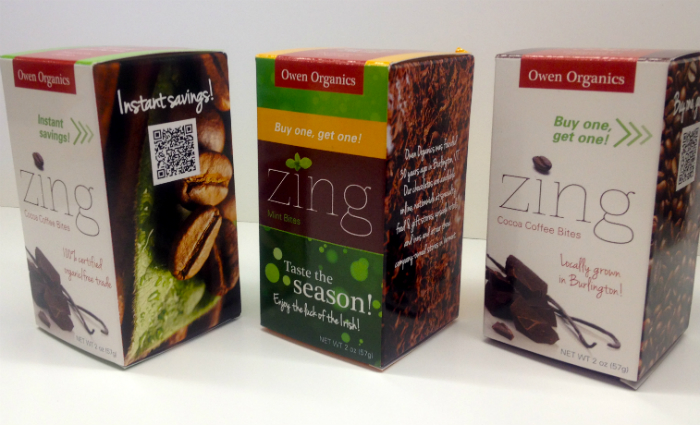Research company Smithers forecasts growth for global digital printing, expectinga a 5.7 per cent compound annual growth rate (CAGR) to $230.5bn by 2027.
The Smithers report, called The Future of Digital Printing to 2032, says the experience of the Covid-19 pandemic has emphasised the advantage of the versatility of digital print to multiple segments, and its market continues to grow.
Print volumes are also set to rise from 1.66 trillion A4 prints in 2022 to 2.91 trillion prints in 2032, a rise of 4.7 per cent CAGR. Smithers says,“As analogue print continues to face down some fundamental challenges, the post-Covid landscape will actively favour digital, as run lengths decrease further, print ordering moves online, and customisation and personalisation become more common place.”
The report adds that digital print machine manufacturers (OEMs) will reap the benefits of ongoing research and development which will improve print quality and machine versatility.
Over a 10-year period, Smithers forecasts:
A market for digital cut sheet and web presses will blossom via the addition of more in-line finishing and higher throughput machines. They can print more that 20 million A4 prints per month
Colour gamuts will increase, with fifth or sixth colour stations offering print embellishment options, such as metallic print or spot varnishes, as standard
Inkjet resolution will see a major improvement with the market poised to welcoming 3,000dpi printheads that can run at 300m/min by 2032
Sustainability concerns will see aqueous solutions gradually replace solvent-based inks; with pigment-based formulations replacing dye-based inks, initially in graphics and packaging, accompanied by a fall in costs
The sector will also benefit from wider availability of paper and board substrates optimised for digital production, new inks and surface coatings will allow inkjet to match the quality of offset with only a minor premium.
The report goes on to say that these types of innovations will further help inkjet printing systems displace toner systems as the preferred digital platform.
Toner expectations
Smithers adds, “Toner presses will become more restricted in their core segments – commercial print, advertising, labels and photobooks – while seeing some growth in high-end folding cartons and flexible packaging. In the short term. However, the toner segment will be buoyed by the introduction of HP Indigo’s multi-engine LEPx technology.
Dedicated digital presses for corrugated and folding carton will be supplemented by greater use of narrow-web presses to print flexible packaging. Smithers says this will be the fastest growing sector – with a forecast quadrupling of growth between 2022 and 2032.
The report also says growth will be slower in labels, a segment that has pioneered digital use and has achieved a degree of maturity.
In commercial print, Smithers says the market will benefit from the arrival of sheetfed presses working alongside offset litho or smaller format digital presses, with digital finishing and embellishment systems adding further value.
When it comes to book printing, integrating online ordering and the capacity to produce shorter runs will make this the second fastest growing application through to 2032.
Smithers says, “In this segment inkjet will increasingly dominate, due to its superior economics when single-pass web machines are linked to suitable finishing lines, printing colour output across a wide range of standard book substrates – delivering superior results on standard offset paper grades, and at faster speeds. There will be new revenue as sheetfed inkjet is adopted more widely to print book jackets and covers.”
Purchase the full Smithers report.


